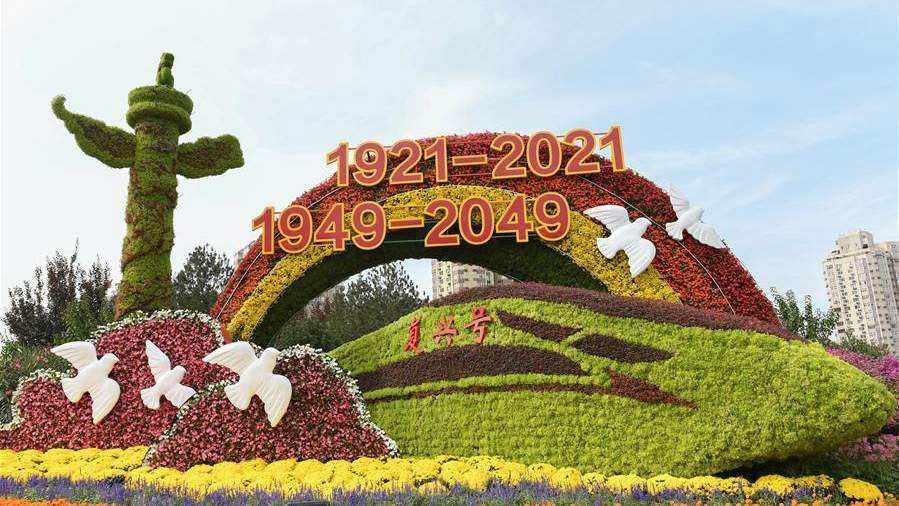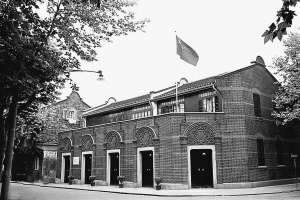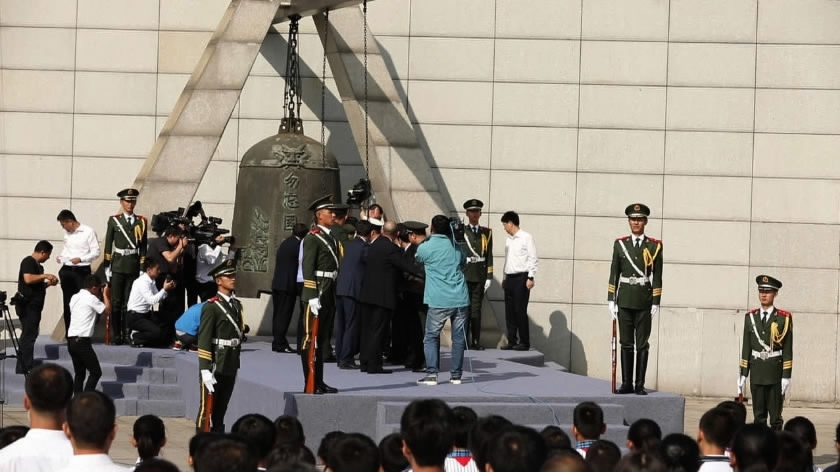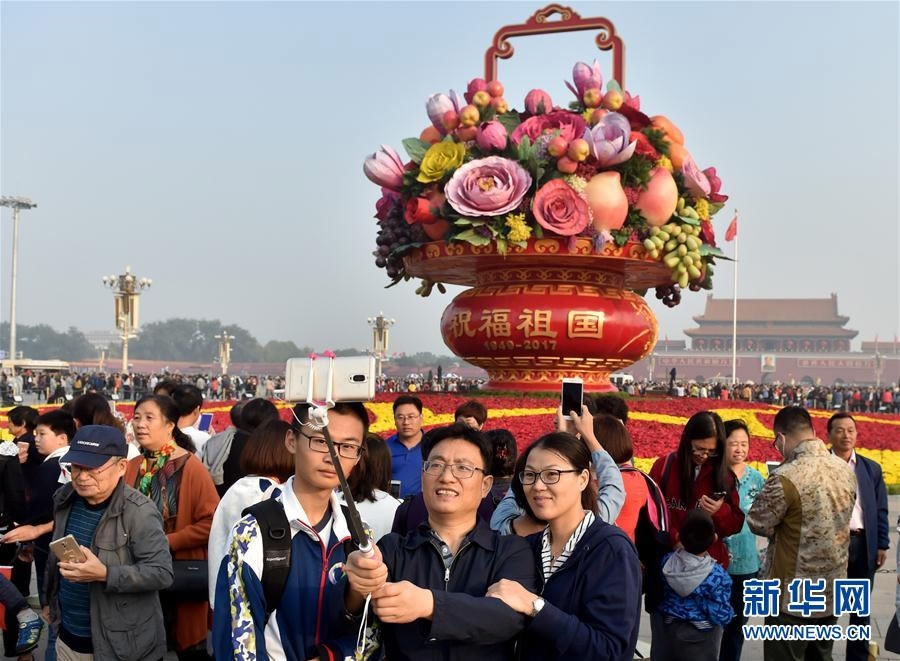
Opinions
16:23, 02-Oct-2017
What’s the secret for the CPC’s success?
By Dr. Summer

China is a vast country with a huge population, and social and natural conditions vary greatly from region to region. Different political parties and social groups have different interests and opinions. So how can the Communist Party of China (CPC) satisfy these diversified demands and interests while maintaining its leading position in China?
Reviewing the history of the CPC, it’s easy to see that working for the interests of the people, building a coalition with other political parties and self-improvement were the key principles that helped the CPC develop from a small group with 58 members at birth, to the 89-million-member ruling Party of the world’s second-largest economy, while making the Chinese people richer and stronger than ever.
To understand what people really want is a basic requirement

cpc.people.com Photo
cpc.people.com Photo
During the warring years in the first half of the 20th century, a new political party was set up by a group of 58 revolutionaries. They chose the Communist Party of China as the name for their Party to reflect their belief in Marxism. Although weak and poorly equipped compared with the more established Kuomintang, which represented the interests of the land owners and bureaucratic capitalists, the CPC made its goal clear -- to realize communism in China so that the majority of the Chinese people could live a happy life.
Guided by Marxist theory and the experience of the 1919 Revolution in Russia, the CPC first cooperated with the Kuomintang to fight the warlords and then organized armed uprisings in big cities in an effort to establish a Communist system, but all ended in failures. Meanwhile, Mao Zedong realized that only by combining Marxist principles with real social conditions in China could the CPC achieve its goal. Mao Zedong further pointed out that the most urgent need of the Chinese people was to make a living.
Since most of the population lived in rural areas, the CPC decided to launch a massive land reform, allocating land confiscated from the landlords to the peasants who labored on it for life. This policy won strong support from the peasants, many of whom became the backbones of the ever-growing CPC forces. With people’s support, the CPC became a major force in fighting and defeating the Japanese invading troops during the Second World War, which laid a solid foundation for its later success.
To unite as many people as possible is a basic strategy

Every year on September 18, sirens wail at 9:18 a.m. in cities across China to commemorate the so-called Manchurian incident, which led to the Japanese invasion of Manchuria in 1931. /CGTN Photo
Every year on September 18, sirens wail at 9:18 a.m. in cities across China to commemorate the so-called Manchurian incident, which led to the Japanese invasion of Manchuria in 1931. /CGTN Photo
After defeating Japan, China and its people faced a choice between the Kuomintang and the CPC. The Kuomintang-led Nationalist Government, though notorious for corruption and minority monopoly over political and economic resources, wanted to wipe out the CPC forces and other democratic parties so as to maintain its rule of the country. Meanwhile, the CPC proposed a coalition government composed of the major political parties and other figures with the aim of building a democratic republic for the benefit of all Chinese people. The CPC’s proposal and aim won the support of other political parties and the people. The strong coalition enabled the CPC to defeat the Kuomintang and establish the People’s Republic of China.
To undergo self-improvement is a basic measure

A giant flower arrangement at Tian'anmen Square in Beijing for China's National Day on October 1, 2017. /Xinhua Photo
A giant flower arrangement at Tian'anmen Square in Beijing for China's National Day on October 1, 2017. /Xinhua Photo
During the reconstruction of China, the CPC came across more challenges as it had to experiment a path to socialism -- according to Marxism, socialism is built on the basis of developed capitalism, whereas in China, capitalism was only in its infancy at the time. In a rush to realize Communism, the CPC achieved some progress mixed with a few serious mistakes, such as the 10-year Cultural Revolution. After heated discussions, the CPC Central Committee adopted the policy of reform and opening up to the outside world and decided to focus on economic development and make building a relatively wealthy society its goal.
To achieve this goal while avoiding making similar mistakes like the Cultural Revolution, the CPC adopted a guiding principle for making major policy decisions, namely, to judge the Party’s decisions by whether or not they met the people’s approval and received their endorsement.
Under this principle, the CPC consults and coordinates with eight other political parties and social groups to identify goals and priorities for the country’s development. The CPC has also started a Party-building campaign to upgrade its political theory and improve its ability to govern. At the same time, the CPC has paid more attention to fighting bureaucracy and corruption within the Party.
That’s how the CPC has maintained its leading position in such a large country through the decades. The lessons we can learn from the CPC’s success are: first, to understand what the people really need and make it a common goal to fulfill; secondly, to unite as many people as possible and build a strong coalition to achieve that goal; thirdly, to make changes where necessary and adapt to new situations.

SITEMAP
Copyright © 2018 CGTN. Beijing ICP prepared NO.16065310-3
Copyright © 2018 CGTN. Beijing ICP prepared NO.16065310-3